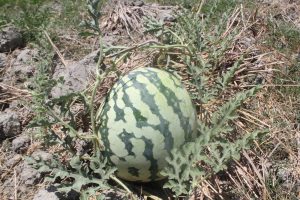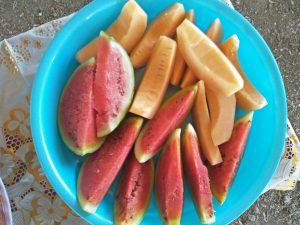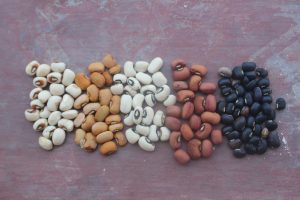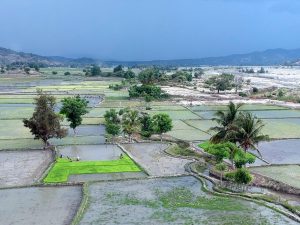If you haven’t eaten rice with your meal in Timor-Leste, you haven’t really eaten, people say. But despite its important place on family dinner tables, rice crops in Timor-Leste produce the lowest yields in Asia. On average, a family farming rice can expect to yield about three tonnes of crop per hectare, compared to five tonnes per hectare in neighbouring Indonesia.
Now, AI-Com is working with researchers from the National University of Timor Lorosa’e and the Ministry of Agriculture and Fisheries to find out why.
Over the last 18 months, our supported researchers have conducted experiments showing that Timor-Leste’s rice yields are severely limited by the country’s hungry soils. In some areas, rice has been cropped each year with no organic or inorganic materials added to the soil. Hungry soil means smaller crop yields, which contributes to food insecurity in rice-growing households.
But by carefully testing the best mix of organic and inorganic combinations of soil additives to improve soil fertility, our supported researchers are helping Timor-Leste’s rice-farming families unlock the secret to bigger yields, more food and a more reliable supply of nutrition.
Under-nutrition is a pressing problem in Timor-Leste, with over half the population suffering reduced growth as a result of malnutrition, and many families are unable to grow enough crop to feed themselves year-round. Timor-Leste’s home-grown rice has been found to be denser in nutrients than competing grains imported from Vietnam and China, meaning improved rice crop yields could give a nutrition boost to farming families’ diets.
In rice-growing Baucau municipality, our supported researchers are experimenting with different doses of chemical and home-made fertiliser, using a locally made organic fertiliser called biochar, made by half-burning the discarded hulls of rice grains. Experiments conducted by University of Timor Lorosa’e agronomy students at Vermasse, in Baucau’s north-west, have shown that adding biochar can increase tomato yields by 160 per cent.
And AI-Com-supported researchers are investigating second-season crops planted in rice paddies just before or after the rice crop is harvested – using the residue of the rice crop to benefit a second crop, like protein-rich mung beans, so that farming families can enjoy the benefits of a more diverse and nutrient-rich diet with minimal extra effort or cost.
By using locally adapted innovative approaches, our supported researchers are helping strengthen production of local staple crops to improve yields and family nutrition – not just for now, but for each season going on.




